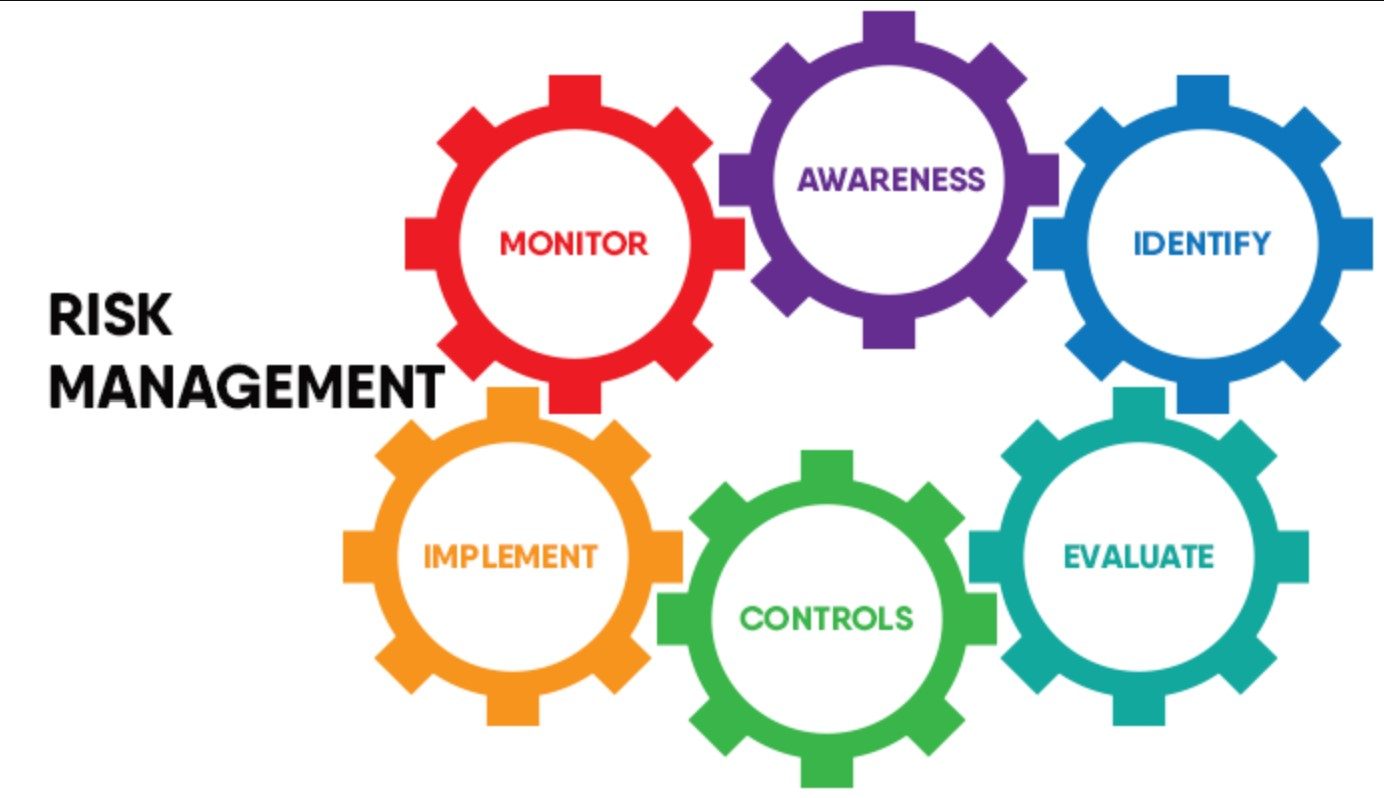In finance, risk management identifies, analyses, and accepts or mitigates the uncertainties in investment decisions. Risk management becomes even more vital when dealing with listed options due to the inherent complexity and potential for high losses. Therefore, the use of strategic risk management techniques is paramount.
Risk management is a crucial part of any trading strategy. When dealing with listed options, understanding and mitigating potential risks can be the difference between financial profit and loss. This article will explore the various techniques and considerations in managing risk with detailed options.
Techniques for risk management in listed options
There are several strategies that traders and investors use to manage risk when dealing with listed options. Some of these techniques include:
Diversification
Diversification is a prevalent fundamental risk management technique that spreads investments across different assets, industries, or sectors. Diversification can involve investing in contracts with other underlying assets or expiration dates for listed options. This way, traders in the UK can reduce their exposure to any particular investment or market, reducing potential losses. However, it is essential to note that diversification does not eliminate risk. It only helps to mitigate it.
Hedging
Hedging is another popular technique used in risk management with listed options. Hedging involves taking an opposite position on a particular asset or market to reduce the overall risk. For example, if a UK trader holds a long position on an underlying stock, they can hedge their risk by purchasing put options on the same stock. This way, if the stock price decreases, the put option will provide some protection against losses. However, hedging can limit potential gains if the market favours the original position.
Delta hedging
Delta hedging is a more advanced form of hedging considering the price movement between an underlying asset and its corresponding options contract. It involves adjusting the number of contracts to maintain a neutral delta or balance between gains and losses. This way, traders can hedge against market movements while allowing for potential profits. However, delta hedging requires constant monitoring and adjustments to maintain an optimal balance.
Stop-loss orders
Stop-loss orders are another risk management technique in which traders set predetermined prices to sell or buy a security. Stop-loss orders can automatically limit losses by closing a position if the underlying asset’s price fluctuates. This way, traders can mitigate their exposure during volatile market conditions. However, stop-loss orders do not guarantee that the position will close at the desired price in a rapidly changing market.
Considerations for risk management in listed options
Besides the abovementioned techniques, traders and investors must consider other factors when managing risks with listed options. Some of these considerations include:
Understanding volatility
Listed options are highly volatile instruments, and understanding this aspect is crucial in risk management. Traders must analyse the historical volatility of an underlying asset and how it may affect option prices. This way, they can decide which options to trade and when. Moreover, traders must monitor implied volatility, reflecting the market’s expectations for future price movements. High implied volatility can indicate increased risk and vice versa.
Liquidity
Liquidity is another critical consideration when dealing with listed options. Traders must ensure enough liquidity in the market for the contracts they want to trade. Low liquidity can lead to wide bid-ask spreads and difficulty entering or exiting positions, making it challenging to manage risk effectively. Therefore, traders should consider the liquidity of listed options before making any trades.
Risk-reward ratio
The risk-reward ratio is a critical metric that measures the potential gain against the loss in an investment. Traders must have a favourable risk-reward balance when trading listed options to ensure that potential gains outweigh potential losses. This way, even if some trades result in losses, overall profitability can still be achieved. Traders can calculate the risk-reward ratio by dividing the potential profit by the possible loss.
Advantages of employing a regulated broker for trading listed options
Aside from implementing various risk management techniques and considering essential factors, traders should also use a regulated broker when trading listed options. Regulated brokers like Saxo Bank must comply with multiple regulations and standards set by the relevant authorities, protecting traders against fraud and malpractice.
Regulated brokers typically offer sophisticated risk management tools and platforms to their clients, providing traders with more options and flexibility in managing risks. These tools can include advanced charting and analysis capabilities, stop-loss orders, and price alerts. Regulated brokers must also segregate client funds from operational funds, ensuring traders’ investments are safe in insolvency.
The bottom line
Risk management plays a critical part in trading listed options. Various techniques, such as diversification and hedging, can help mitigate potential risks. However, traders must also consider factors like volatility, liquidity, and risk-reward ratio when managing risks in listed options. By implementing sound risk management strategies and considering these essential factors, traders can improve their chances of success and profitability in the complex world of listed options trading.
Always remember that while there is no guarantee against losses in trading, proper risk management can minimise them significantly. Understanding the techniques and considerations discussed in this article is essential to make informed decisions when dealing with listed options.

